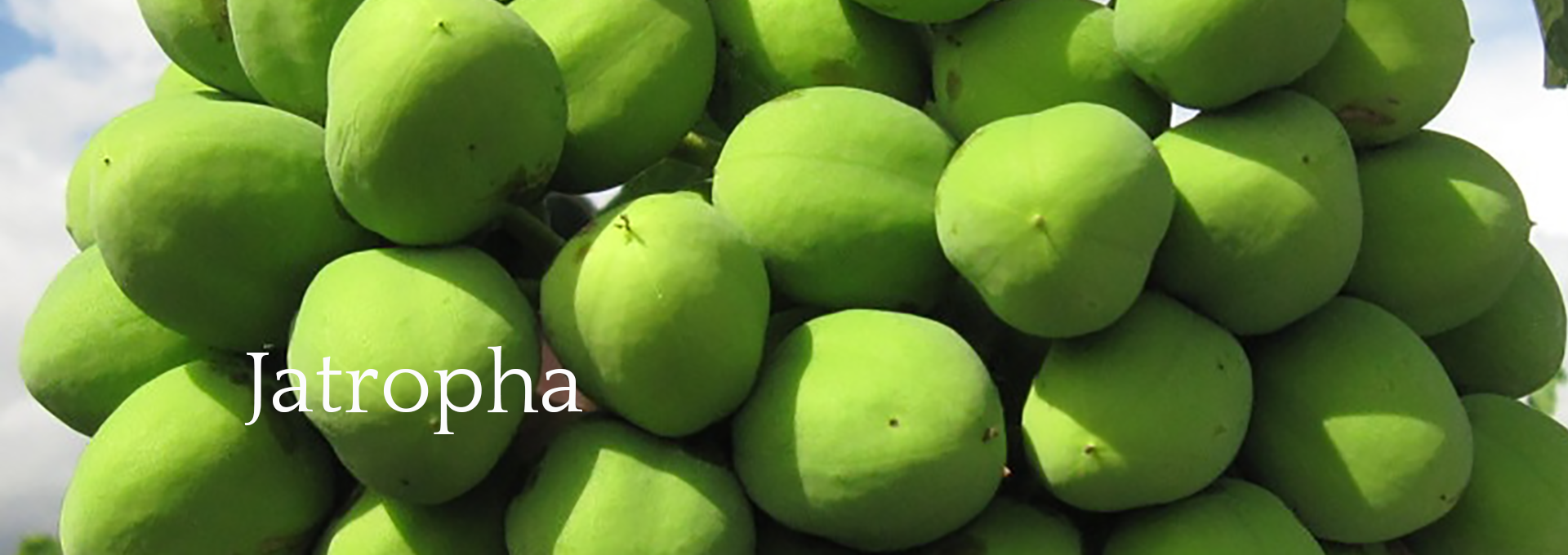
Jatropha curcas is a species with significant and valuable commercial attributes, it is hardy, fast growing, early to fruit, productive and diverse in its physiology; the development and breeding strategies to harness the crop’s potential are also diverse and drawn from 40 years or more of aggregated scientific research. Some breeding strategies are based on shaping the adaptability of the plant to suit specific environments or cultivation models while others are radical; think of Jatropha being grown as an annual crop in North America or Europe, at 30,000 plants per ha. Today growers can make choices based on a variety of characteristics including suitability for the intended cultivation site, disease & pest resistance, harvest period, oil yield, maturation period and toxicity levels.
While commercial cultivation of Jatropha in the late 20th Century was driven by the suitability of the seed oil for the production of biodiesel, research into the plant's properties reveals that it has far greater utility than just as a source of energy. Jatropha derived products have the scope to address an annual global sales opportunity of more than $120bn in a variety of high value industrial applications.
